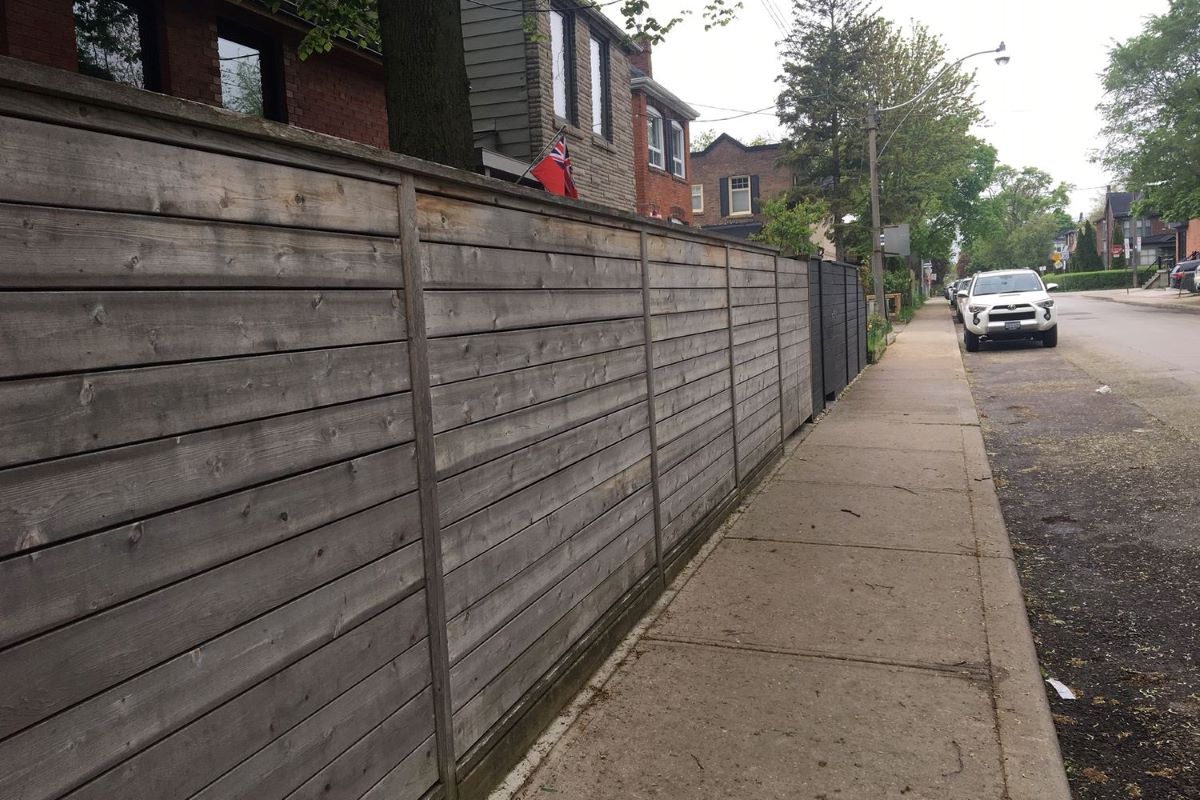

Articles
How Close To Road Can I Build A Fence
Modified: October 20, 2024
Looking for articles about how close to road you can build a fence? Discover essential guidelines and regulations for building fences near roads.
(Many of the links in this article redirect to a specific reviewed product. Your purchase of these products through affiliate links helps to generate commission for Storables.com, at no extra cost. Learn more)
Introduction
When it comes to building a fence on your property, one important consideration is how close you can place it to the road. Understanding the regulations and guidelines for fence placement is crucial to avoid any legal issues and ensure that your fence is properly positioned.
In this article, we will explore the factors that determine how close you can build a fence to the road and provide insights into the municipal regulations and zoning laws that govern fence placement. Additionally, we will discuss setback regulations, permits and approvals, and alternative options for fence placement.
By having a clear understanding of these factors, you will be better equipped to make informed decisions about the location of your fence.
Key Takeaways:
- Understanding property boundaries and municipal regulations is crucial for building a fence close to the road. Compliance with setback requirements and alternative options ensures a harmonious and legal fence placement process.
- Prioritize safety, aesthetics, and adherence to regulations when determining how close you can build a fence to the road. Understanding property boundaries, municipal regulations, and seeking professional advice are essential for a successful and compliant fence installation process.
Understanding Property Boundaries
Before considering how close you can build a fence to the road, it is crucial to have a clear understanding of your property boundaries. Property boundaries can be determined through land surveys or by consulting the land deeds or title documents for your property.
Knowing your property boundaries is essential because it will dictate the area where you can legally place your fence. It will help you avoid any encroachment on neighboring properties or public land, which could result in legal disputes.
Municipal Regulations and Zoning Laws
Municipal regulations and zoning laws play a vital role in determining how close you can build a fence to the road. These regulations are put in place to ensure the safety, aesthetics, and functionality of the community.
It is essential to consult the local government offices or building departments to understand the specific regulations that apply to your area. These regulations may dictate the height, material, and setback requirements for fences.
Setback Regulations for Fences
Setback regulations refer to the minimum distance that a structure, such as a fence, must be set back from certain areas, such as property lines, roads, or buildings. These regulations often vary depending on the specific municipality or zoning district.
For example, a municipality may require a setback of 10 feet from the road, meaning that your fence must be placed at least 10 feet away from the edge of the road. These setback regulations are designed to maintain a consistent appearance along the road and ensure that there is enough space for maintenance activities.
…
(Continued in next message)
Key Takeaways:
- Understanding property boundaries and municipal regulations is crucial for building a fence close to the road. Compliance with setback requirements and alternative options ensures a harmonious and legal fence placement process.
- Prioritize safety, aesthetics, and adherence to regulations when determining how close you can build a fence to the road. Understanding property boundaries, municipal regulations, and seeking professional advice are essential for a successful and compliant fence installation process.
Understanding Property Boundaries
Before considering how close you can build a fence to the road, it is crucial to have a clear understanding of your property boundaries. Property boundaries can be determined through land surveys or by consulting the land deeds or title documents for your property.
Knowing your property boundaries is essential because it will dictate the area where you can legally place your fence. It will help you avoid any encroachment on neighboring properties or public land, which could result in legal disputes.
If you are unsure about the exact location of your property boundaries, it is highly recommended to hire a professional land surveyor to conduct a survey. A survey will accurately determine the boundaries of your property and provide you with a clear delineation of where you can construct your fence.
In some cases, property boundaries may not be clearly defined, especially in older neighborhoods where historical records may be scarce. In such instances, it is advisable to consult with your neighbors and collectively agree on the location of the boundary lines.
Furthermore, it is important to consider any easements or rights-of-way that may exist on your property. Easements are legally granted access rights, often for utility companies or government entities, which may restrict where you can place your fence. These easements should be clearly indicated in your property deeds or disclosed to you by the relevant authorities.
By understanding your property boundaries and any potential easements, you can ensure that your fence is placed within the confines of your property and is compliant with all legal requirements.
It is worth noting that property boundaries and easements can vary greatly depending on the location and specific circumstances. Therefore, it is always prudent to consult with a legal professional or land surveyor to obtain accurate information regarding your property boundaries and any relevant restrictions.
Once you have a clear understanding of your property boundaries, you can proceed to review the municipal regulations and zoning laws that apply to fence placement in your area.
Municipal Regulations and Zoning Laws
Municipal regulations and zoning laws play a vital role in determining how close you can build a fence to the road. These regulations are put in place to ensure the safety, aesthetics, and functionality of the community.
Each municipality has its own set of rules and regulations regarding fence placement, including the distance from the road. It is important to consult the local government offices or building departments to understand the specific regulations that apply to your area.
Zoning laws dictate how land can be used within a particular jurisdiction, including residential, commercial, or industrial purposes. These laws also provide guidelines on building setbacks, height restrictions, and any other specific requirements for fences within each zoning district.
For instance, in some residential zones, there may be a requirement for the fence to be set back a certain distance from the road to maintain the visual appeal of the neighborhood or allow for the visibility of traffic. This setback distance is typically specified in the zoning regulations.
In addition to setback requirements, municipalities may also have restrictions on the height, materials, and design of fences. These restrictions are in place to maintain the character of the community and ensure that fences are aesthetically pleasing and harmonize with the surrounding area.
When consulting the local government offices or building departments, they will be able to provide you with the necessary information and any permits or approvals that may be required for fence construction. It is important to obtain all the necessary permits to ensure that your fence is compliant with local regulations.
Keep in mind that these regulations may vary from one municipality to another, so it is crucial to research the specific guidelines for your area. Failure to comply with these regulations could result in fines, penalties, or even be forced to remove or relocate your fence.
By familiarizing yourself with the municipal regulations and zoning laws, you can ensure that your fence is placed in accordance with the guidelines and avoid any potential legal issues. This will help create a harmonious and compliant environment within your community.
Now that we have covered the importance of property boundaries and municipal regulations, let’s delve into setback regulations for fences in the next section.
Setback Regulations for Fences
Setback regulations refer to the minimum distance that a structure, such as a fence, must be set back from certain areas, such as property lines, roads, or buildings. These regulations often vary depending on the specific municipality or zoning district.
One of the key considerations when building a fence near the road is the setback requirement from the road itself. This requirement ensures that there is enough space between the fence and the road for maintenance, snow removal, and other road-related activities.
The setback distances can vary significantly depending on the location and jurisdiction. For example, in some areas, you may be required to set your fence back at least 10 feet from the edge of the road, while in others, the setback requirement may be greater or smaller.
In addition to the setback from the road, there may also be setback requirements from property lines and adjacent buildings. These setbacks are established to maintain a consistent appearance and provide sufficient space between properties.
It is essential to consult the local regulations, zoning laws, or building departments to determine the specific setback requirements for your area. These departments will provide you with the guidelines and distances you need to adhere to when constructing your fence.
When planning your fence installation, it is crucial to consider the setbacks to ensure compliance with the regulations and avoid any potential violations. Failure to comply with setback requirements could result in fines, penalties, or being required to relocate or modify your fence.
Another aspect to keep in mind is that setbacks for fences may not only apply to public roads but also to private roads or access easements. If your property has a shared driveway or a private road, there may be separate setback requirements that you need to consider.
By following setback regulations, you can help maintain the safety and functionality of the road and ensure that your fence does not interfere with any road-related activities or encroach on neighboring properties.
Now that we have explored setback regulations, let’s move on to discussing the various factors that can affect fence placement in relation to the road.
Factors Affecting Fence Placement
When it comes to placing a fence close to the road, there are several factors that you should take into consideration. These factors can impact the feasibility and practicality of fence placement, and it’s important to understand how they may influence your decision-making process.
1. Property Usage: Consider how you intend to use your property. If you have a large front yard and want to create a private outdoor space, placing the fence closer to the road might be necessary. On the other hand, if you primarily use the backyard and aesthetics take precedence, you may want to keep the fence farther from the road to maintain an open and spacious front yard.
2. Privacy and Security: Your desire for privacy and security also plays a role in fence placement. If you live on a busy road or near a public space, you may want to position the fence closer to the road to create a barrier between your property and the outside world. However, if privacy isn’t a major concern, you may opt to place the fence farther from the road to maintain a more open and welcoming front yard.
3. Visibility: Consider how the placement of the fence will impact the visibility for both drivers and pedestrians. If the fence is too close to the road, it may obstruct sight lines and pose a safety hazard. Ensuring that drivers have clear visibility of the road and pedestrians can be an important factor in fence placement, especially if you reside in an area with heavy traffic.
4. Landscaping and Aesthetics: The overall landscaping and aesthetics of your property can influence where you choose to place the fence. If you have landscaping features or trees near the road that you want to showcase or protect, you may want to place the fence farther back to allow for a buffer zone. On the other hand, if you want the fence to be a defining feature of your property, you may place it closer to the road to create a visual impact.
5. Safety and Maintenance: Consider the safety and maintenance aspects of placing a fence close to the road. If your fence is too close, it may require more frequent maintenance due to exposure to elements and potential damage from passing vehicles. Additionally, if the fence is close to the road, ensure that it is constructed with durable materials and installed securely to withstand any impact or accidents.
6. Local Regulations: Always keep in mind the local regulations and setback requirements that dictate fence placement near the road. These regulations are in place for various reasons, such as safety, maintenance access, and aesthetic purposes. It is crucial to adhere to these guidelines to avoid legal consequences and ensure a harmonious community.
By carefully considering these factors, you can make an informed decision about how close to the road you can realistically build your fence while taking into account your specific needs, safety considerations, and the compliance with local regulations.
Next, let’s dive into the process of obtaining permits and approvals for fence construction.
Obtaining Permits and Approvals
Before you begin constructing a fence close to the road, it is essential to understand and follow the necessary permit and approval processes. These requirements vary depending on your jurisdiction and can involve multiple agencies or departments.
1. Research Local Regulations: Start by researching the specific regulations and guidelines for fence construction in your area. Contact your local municipality, building department, or zoning office to understand the permit requirements, setback distances, height limitations, and any other relevant regulations that apply to your property.
2. Permit Application: Once you have gathered the necessary information, you will likely need to fill out a permit application. This application typically requires details about the type and dimensions of the fence, its location in relation to the road, and any other pertinent information required by your local government.
3. Site Inspection: Depending on the regulations in your area, you may need to arrange for a site inspection before the permit is granted. A representative from the building department or zoning office may visit your property to ensure that your fence plans comply with the regulations and are in alignment with the setback requirements and other guidelines.
4. Additional Approvals: In some cases, you may need additional approvals before obtaining a fence permit. This can include approval from homeowner’s associations (if applicable) or historic preservation commissions (if your property is in a designated historic district). It is important to research any additional requirements and seek the necessary approvals before moving forward with fence construction.
5. Application Review and Approval: After you have submitted your permit application and any required documentation, it will be reviewed by the appropriate department or agency. This review process can take some time, so it’s important to plan for any potential delays. Once your application is approved, you will receive the necessary permits to proceed with fence construction.
6. Post-Installation Inspections: After your fence is constructed, some municipalities may require a final inspection to ensure that it meets all regulations and complies with the approved plans. This inspection may include verifying setback distances, height restrictions, and overall compliance with the permit conditions.
It is essential to note that the permit and approval process can vary significantly depending on your location. Some jurisdictions may have quicker turnaround times, while others may have more stringent requirements and longer processing times. It is advisable to start the permit application process well in advance to avoid any delays or complications.
By obtaining the necessary permits and approvals, you will ensure that your fence is legally constructed and compliant with local regulations. This will provide you with peace of mind and help maintain a harmonious relationship with your neighbors and the community.
Now, let’s explore alternative options for fence placement if you encounter challenges with building a fence close to the road.
Alternative Options for Fence Placement
If you encounter challenges or limitations with building a fence close to the road, there are alternative options that you can consider. These options can help you achieve your desired goals while still complying with local regulations and maintaining a safe and functional space.
1. Fence Placement within the Property: Instead of placing the fence directly on the property line or close to the road, you can opt to position it further inside your property. This can create a buffer zone between the road and the fence, providing you with more flexibility while still maintaining privacy and security.
2. Front Yard Landscaping: If setback requirements or other regulations limit your ability to build a fence close to the road, you can explore alternative landscaping options to create a sense of privacy and security. Consider using hedges, shrubs, or strategic placement of trees to create a natural barrier and enhance the aesthetics of your front yard.
3. Decorative Fencing: Instead of a standard solid fence, you can opt for decorative fencing options that comply with setback requirements while still adding visual appeal to your property. Ornamental fences, picket fences, or metal railings can provide a charming and attractive boundary without obstructing the view or violating regulations.
4. Privacy Screens or Trellises: If your main concern is privacy or creating a barrier from the road, privacy screens or trellises can be excellent alternatives. These structures can be placed farther back on your property, away from the road, and provide a sense of privacy while still allowing for airflow and visibility.
5. Rear Yard Fencing: If setback requirements or regulations are particularly restrictive in the front yard, consider focusing on constructing a fence or barrier in your rear yard instead. This can help create a secure space for outdoor activities, pets, or children, while still adhering to the regulations concerning front yard fence placement.
6. Work with a Professional: If you are uncertain about the best alternative options for fence placement, consider consulting with a professional landscape architect or fence contractor. They can provide expert guidance, assess your property, and suggest creative solutions that comply with regulations and meet your specific needs.
Remember to always consult with your local building department or municipality to ensure that any alternative options you choose still comply with the applicable regulations and obtain the necessary permits or approvals.
Ultimately, the goal is to find a solution that meets your requirements while adhering to the legal requirements and maintaining a harmonious relationship with your neighbors and the community.
Now, let’s conclude our discussion on how close you can build a fence to the road.
Conclusion
Building a fence close to the road requires careful consideration of property boundaries, municipal regulations, setback requirements, and other factors that can affect fence placement. By understanding these elements, you can ensure that your fence is built in compliance with local regulations, while still achieving your desired goals of privacy, security, and aesthetics.
Start by understanding your property boundaries through land surveys or consultation with relevant documents. This will help you avoid encroaching on neighboring properties or public land.
Research the municipal regulations and zoning laws that govern fence placement in your area. Consult with local authorities to understand setback requirements, height limitations, and any other specific guidelines that apply to your property.
Consider factors such as property usage, privacy, visibility, landscaping, safety, and local regulations when determining the ideal placement for your fence. These factors can help you strike a balance between your desired outcome and compliance with regulations.
When planning to build a fence close to the road, it is crucial to obtain the necessary permits and approvals. Research the permit application process, undergo site inspections if required, and ensure compliance with all applicable regulations.
If constraints prevent you from building a fence close to the road, consider alternative options such as fence placement within the property, front yard landscaping, decorative fencing, privacy screens or trellises, or focusing on rear yard fencing. Working with professionals in the field can provide valuable insights and guidance for exploring these alternatives.
Throughout this process, always prioritize safety, aesthetics, and adherence to regulations to create a harmonious and compliant environment in your community.
In conclusion, understanding property boundaries, municipal regulations, setback requirements, and alternative options are crucial for determining how close you can build a fence to the road. By navigating these factors effectively and following the necessary steps, you can successfully construct a fence that enhances your property while adhering to legal and regulatory requirements.
Remember to consult with local authorities and seek professional advice when needed to ensure a smooth and compliant fence installation process. So go ahead, begin exploring the possibilities, and create a boundary that meets your needs and adds value to your property.
Frequently Asked Questions about How Close To Road Can I Build A Fence
Was this page helpful?
At Storables.com, we guarantee accurate and reliable information. Our content, validated by Expert Board Contributors, is crafted following stringent Editorial Policies. We're committed to providing you with well-researched, expert-backed insights for all your informational needs.
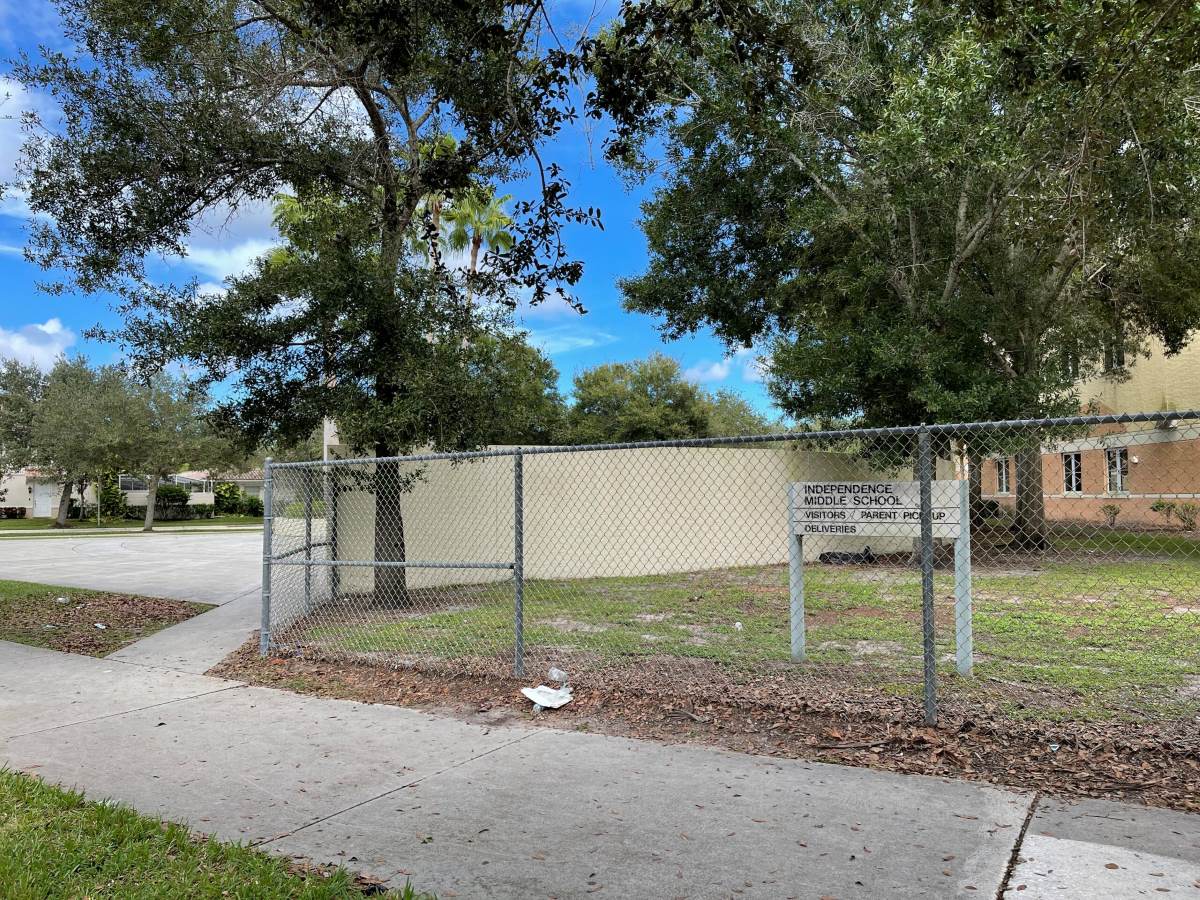
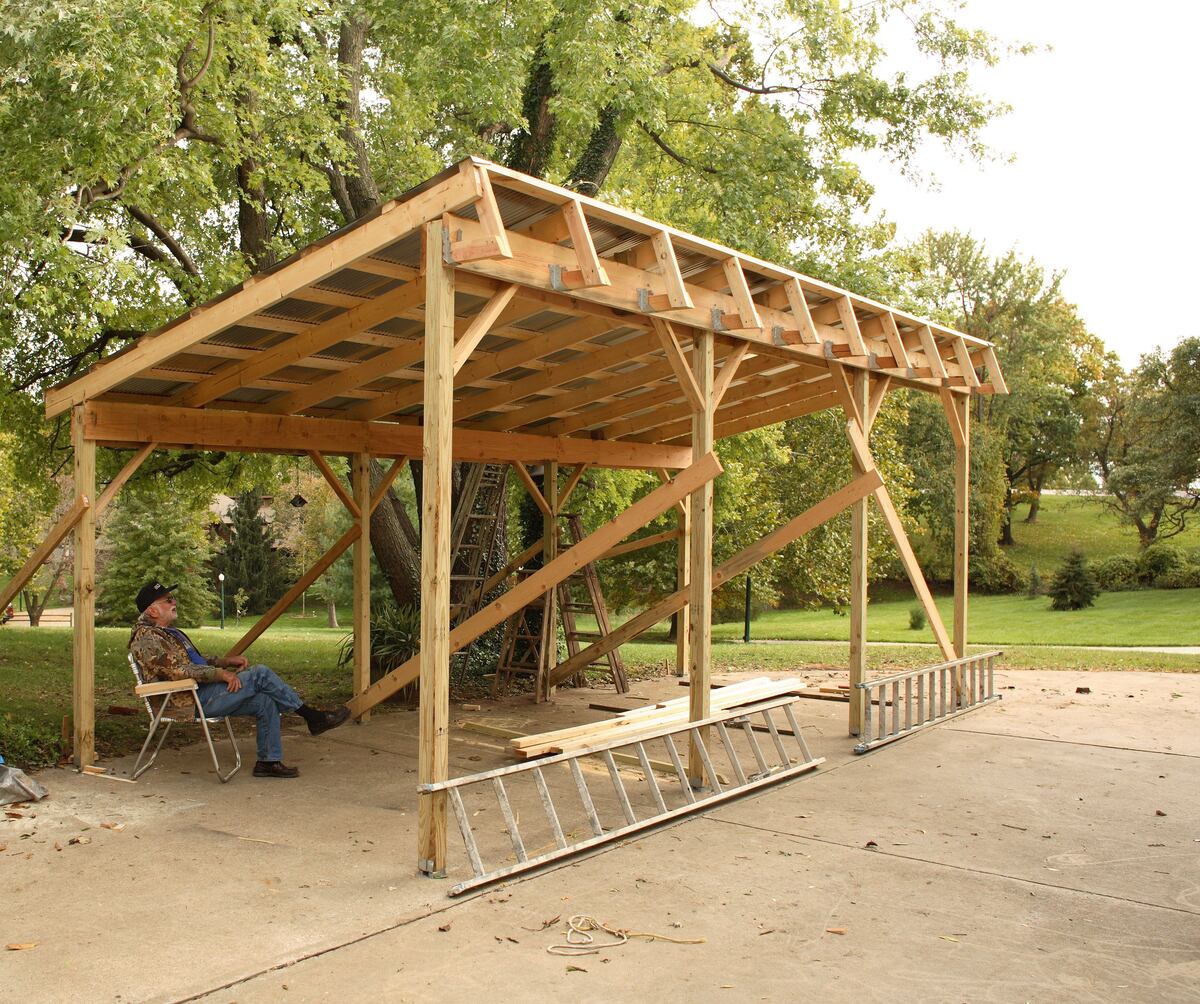


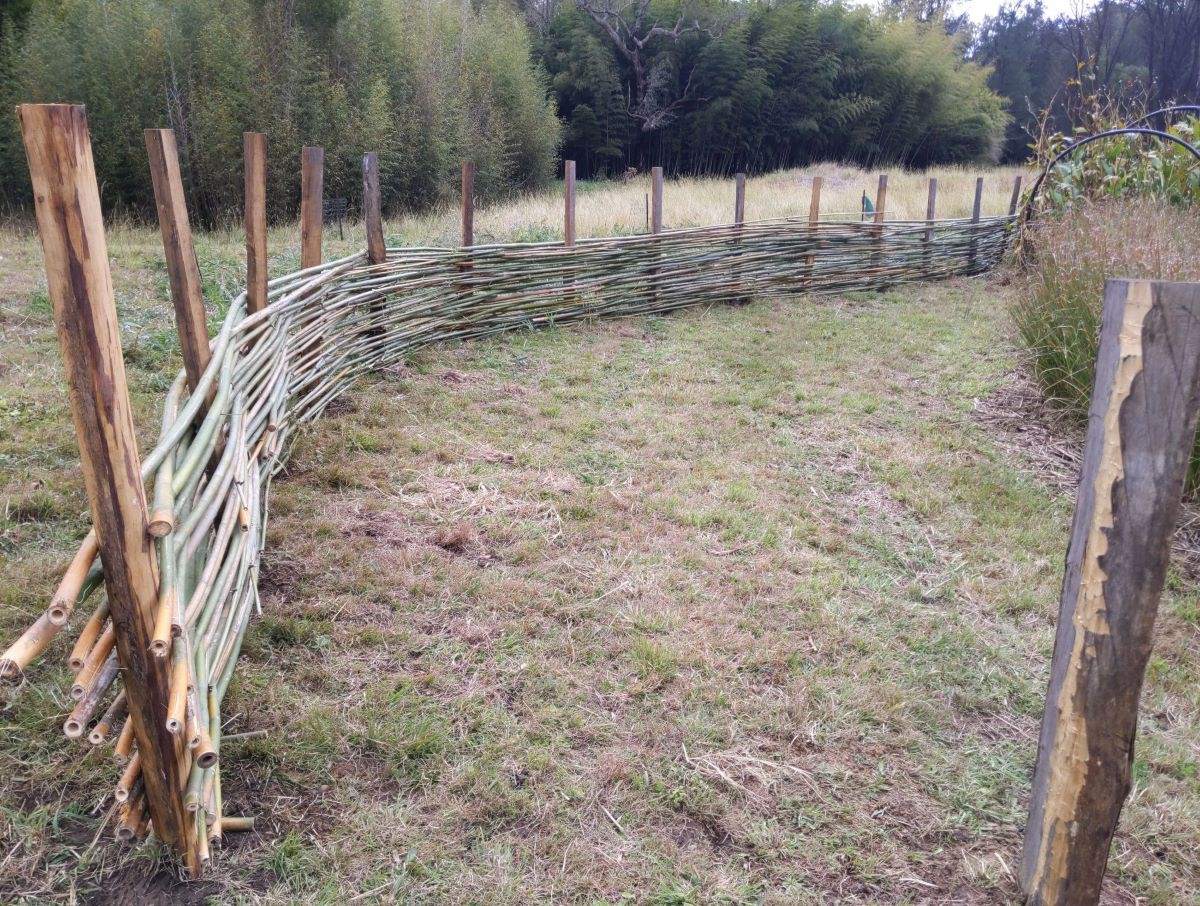
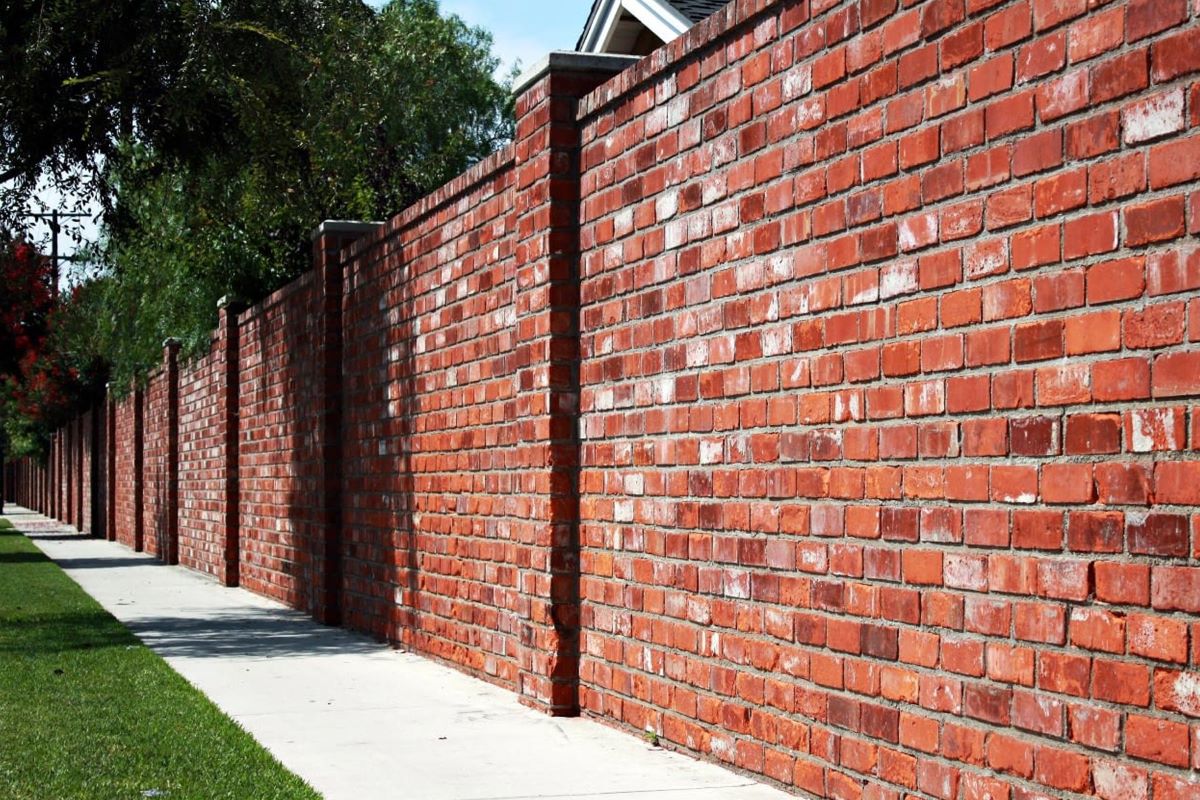
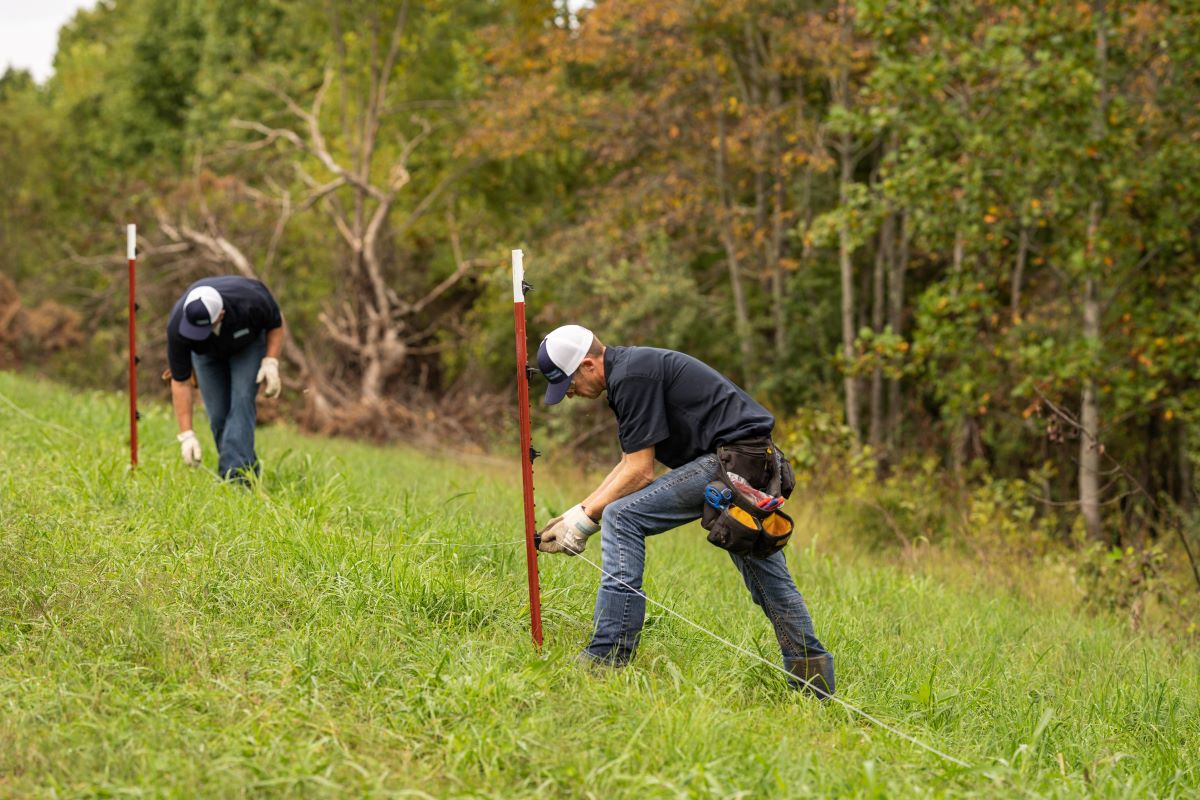



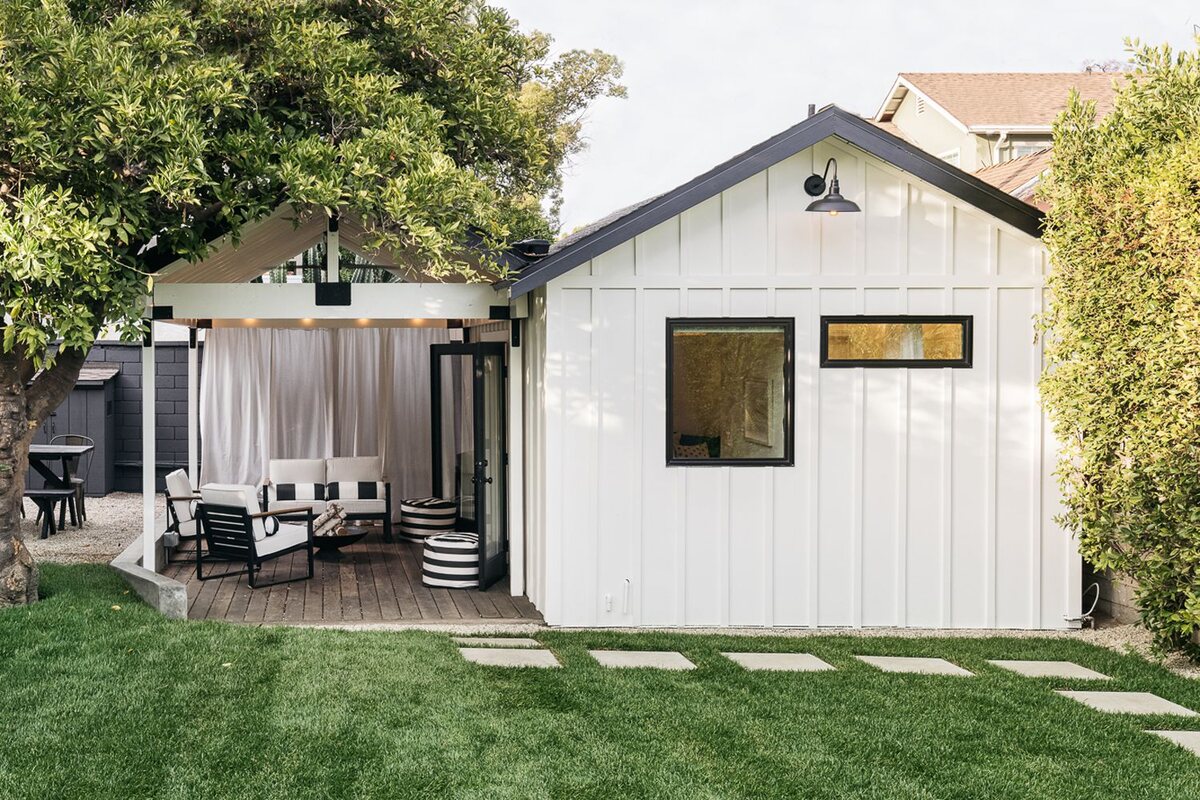
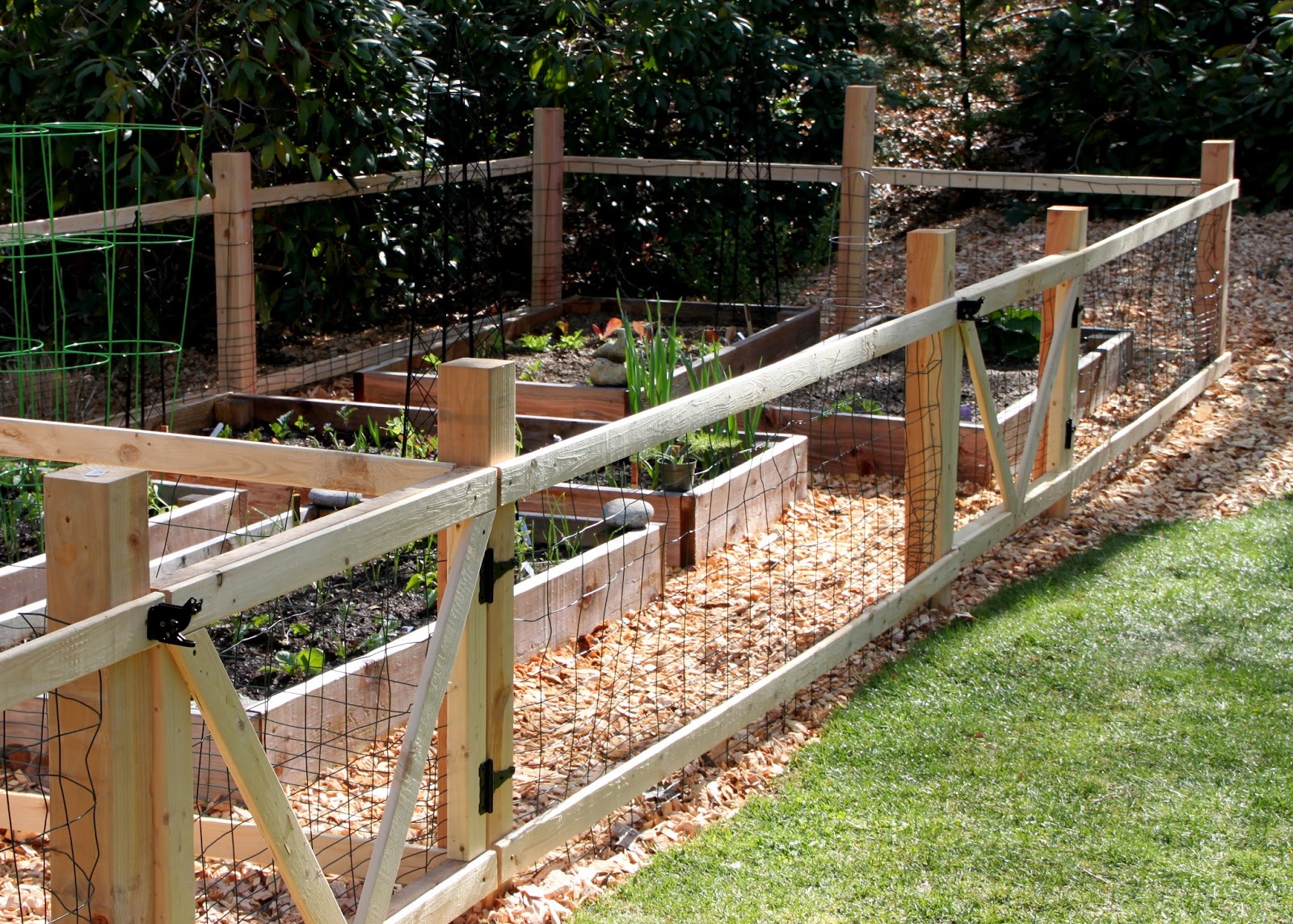
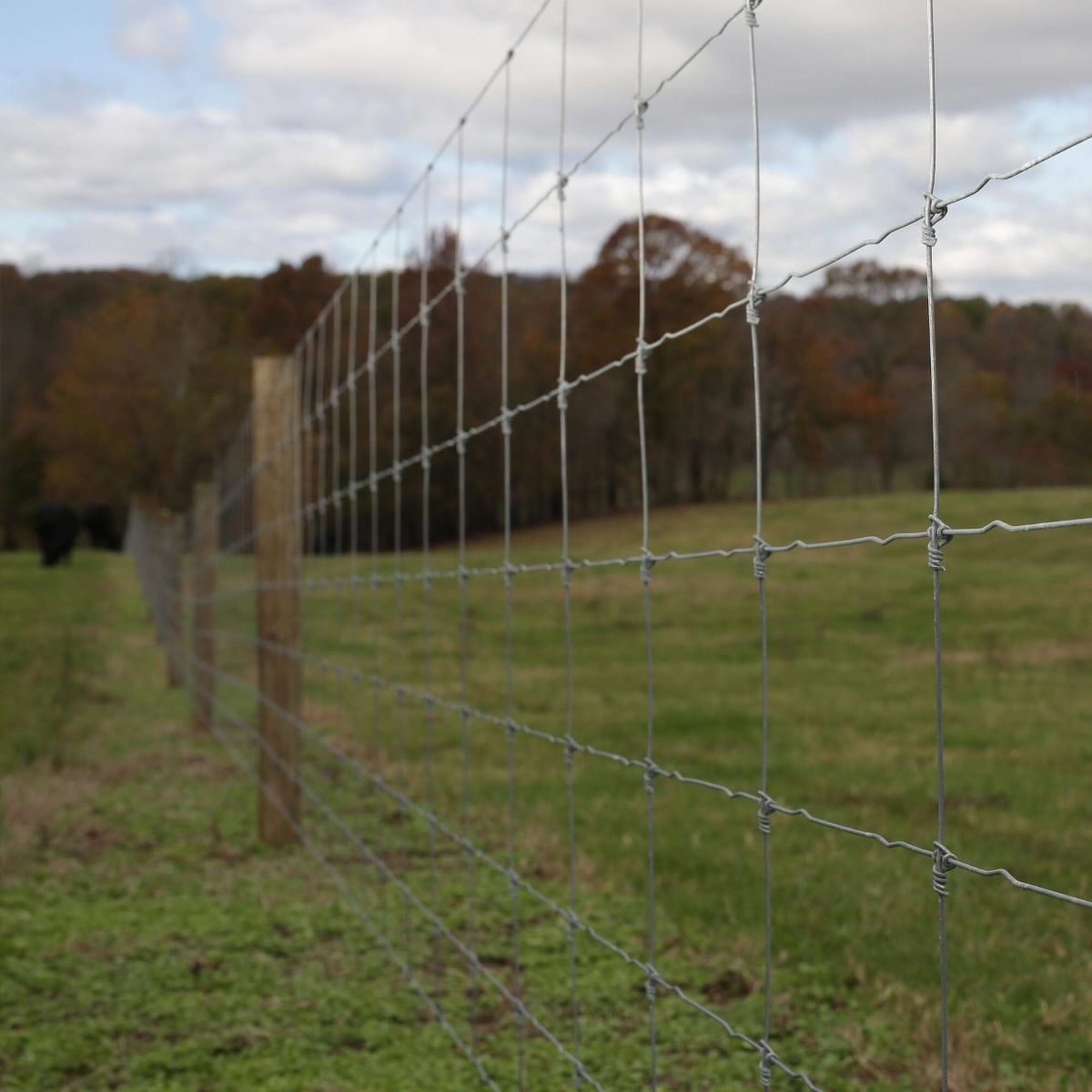

0 thoughts on “How Close To Road Can I Build A Fence”